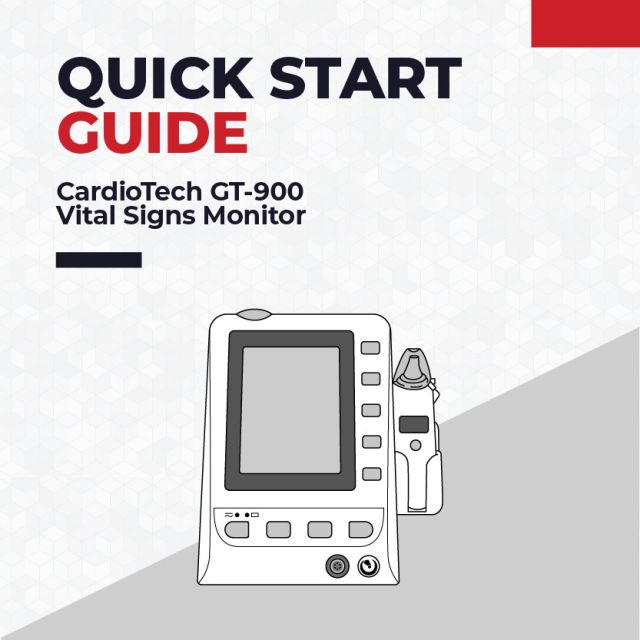Autoclave Maintenance: How to Clean and Care for Sterilizers
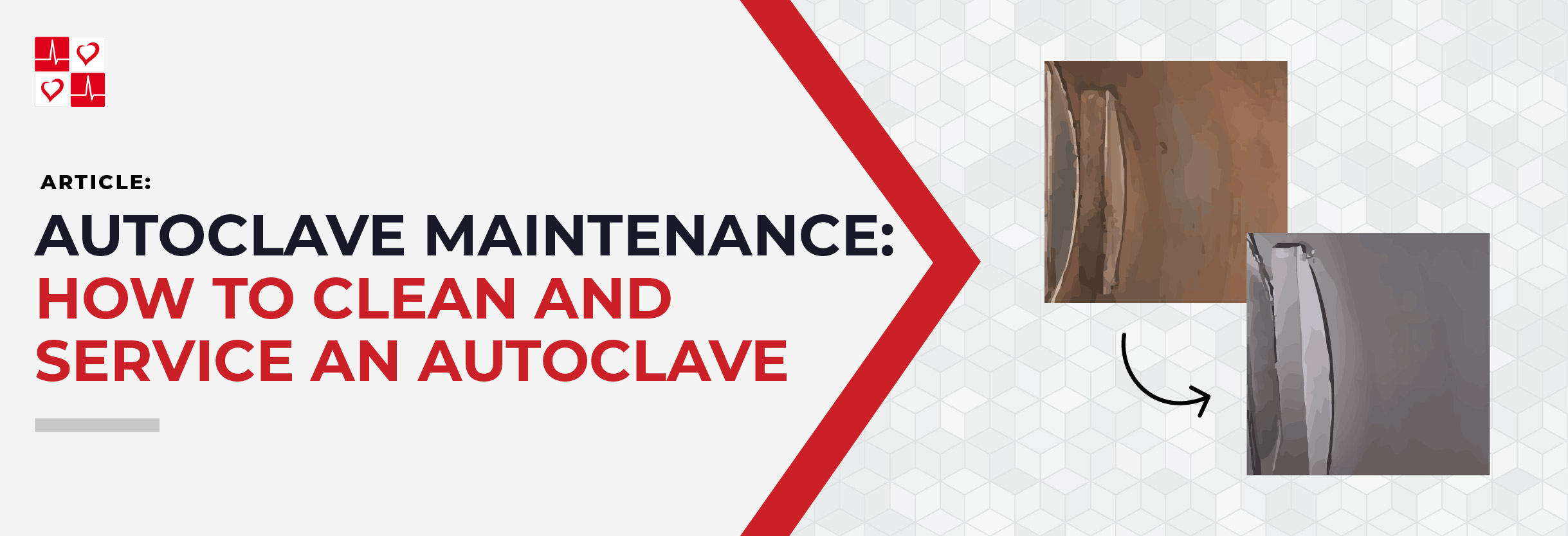
Introduction
Proper maintenance and cleaning of your autoclave is important for reliable sterilization performance. From routine cleaning to calibration, the maintenance practices and service mentioned in this article can extend the longevity of your autoclave. In this article, we’ll give you some tips on how to maintain and clean an autoclave to make sure it’s suitable for long-term sterilization.
What You Need to Clean an Autoclave
Proper cleaning and maintenance of an autoclave requires specific tools and solutions to maintain its performance. Avoid chlorine-based disinfectants and detergents that can potentially lead to rusting.
Essential Cleaning Supplies
- Specialized Autoclave Clean Solution: essential for removing rust and stains from stainless steel components without causing damage.
- Autoclave Gloves: designed to withstand high temperatures and should be used to ensure safe handling.
- Soft Cloth or Rag: ideal for wiping down surfaces without scratching the metal.
- Deionized Water: water that has been treated to remove all ions.
How to Clean and Maintain an Autoclave
Regular autoclave maintenance extends the lifespan of your sterilizers, and ensures that the autoclave continues to provide reliable sterilization.
Daily Maintenance
To maintain your autoclave’s efficiency and ensure effective sterilization, it’s essential to keep the machine clean and free from debris, blood, and organic tissue on a daily basis. Any spills inside the autoclave should be wiped away after each cycle to prevent staining and residue buildup. In addition, using an ultrasonic cleaner helps remove contaminants from instruments before the sterilization process.
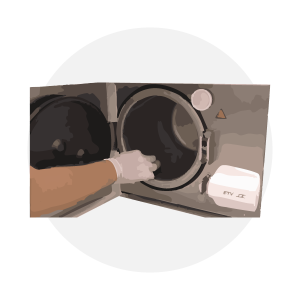
Weekly Maintenance
Start by thoroughly cleaning the trays and rack to ensure they are free of debris and residue. Next, flush the chamber with clean, purified water to eliminate any buildup. Drain the existing water and refill the reservoir with deionized/demineralized water. Additionally, performing a biological live spore test weekly directly kills microorganisms.
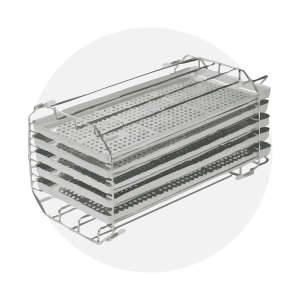
Monthly Maintenance
Begin by thoroughly cleaning the chamber and flushing the lines using a specialized autoclave cleaner to remove any buildup or residue. Then, inspect all cords, plugs, and wires for any signs of wear or damage to prevent electrical hazards. Additionally, check the safety valve to ensure it’s properly regulating pressure. Performing these monthly maintenance tasks will keep your autoclave in peak condition.
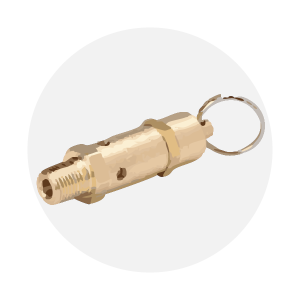
Yearly Maintenance
Every year, a preventative maintenance check should be performed, including a thorough inspection, deep cleaning, testing, and calibration. Components such as gaskets, seals, and filters can wear out, so they should be carefully replaced to maintain proper sealing and pressure regulation. Regular annual servicing helps prevent unexpected breakdowns.
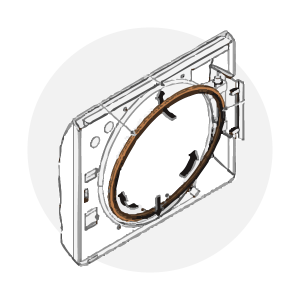
Closing
Regular autoclave maintenance in daily, weekly, monthly and yearly intervals can help maintain consistent sterilization and extend the lifespan of the equipment. Not only does autoclave maintenance protect instruments, but it also ensures compliance with safety and infection control standards. To view our full catalog of autoclaves, click here.




